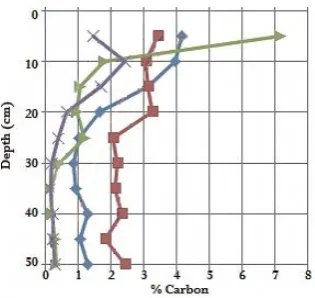Sediment carbon accumulation is southern latitude saltmarsh communities of Tasmania, Australia
Full text
Figure

Related documents
Radio and TV broadcast music related programmes which provide opportunities not just. to listeners but also to the
Mean values for (A) blood flow, measured with a thermodilution technique in the femoral vein (Andersen & Saltin, 1985), (B) a-v f e m oxygen difference and (C) muscle oxygen
The above leads us to tentatively answer the research question ‘What is the result of European harmonisation in the field of asylum policy over the past ten years?' in the
A Strategy of Adding Archetype Support in Legacy EHRs Based on the study performed on conversion of clinical models between the openEHR archetype format and the COSMIC template
In line with the research findings, it is suggested to the teacher who is currently involved in the process of English language learning and teaching needs to be
Based on this information, this study aims to analyze: (1) Factors influencing the production of soybean seed breeder farming, (3) how much efficiency level of soybean seed
collection), which represents a quality criterion of quali- tative research [25]. We therefore aim to expand those preliminary findings based on a more in-depth inquiry building on
Under sl-CSD, matched matings (i.e. when the female and male partners share a similar sex allele [30]) result in broods in which 50 percent of fertilised eggs develop into